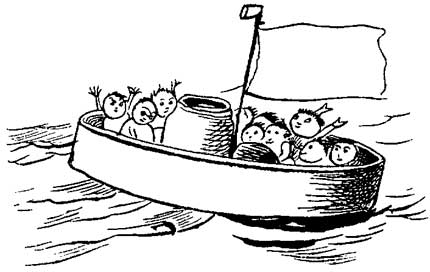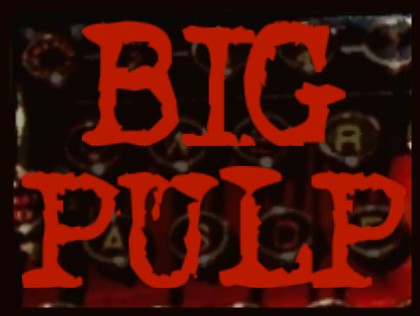 |
| My mother, 1939 |
To prepare, I searched online for images of the house where she grew up in the 1940s and '50s, and where I would spend many of my Christmases through the 1980s and '90s.
I located the house on google maps, and stood in front of it in a virtual world. A junk car was parked outside. A destitute grocery cart was kicked up on the curb. The tree blocked most of the porch where a swing once hung and my grandmother's plants grew in heavy planters, and where I roller-skated back and forth one visit. The house like a gravestone, a wind-block for someone else's faded flowers.
Built in 1915, only a few years after my grandmother was born, my grandparents' house was first my great-grandfather's, Great-Grandpa Steffee. Evidently, when my great-grandmother died of tuberculosis, my grandmother decided that, as my mother says, great-grandfather "couldn't boil water", and so she insisted that she, her husband (my grandfather) and their young family move in with him.
 |
| My mother, her father, her grandmother |
I remember you talking fondly of your childhood Christmases. I remember you saying you would get an orange in your stocking every year, and I think you also got candy. It seems that one year you got a doll but weren't very impressed with her: I think you'd wanted something else. Can you describe your Christmases more?
Probably the expectation of everything-Christmas was as wonderful, if not more so, than the actual opening of gifts. According to Mother, my dad started our tradition of opening our gifts on Christmas Eve. Then, while we slept that night, Mother filled the stockings with the above fruit, candy, and tiny gifts wrapped in the previously used wrapping paper from Christmas Eve. I'm sure we went to Grandma Ryan's house on Christmas Eve (before the late-night worship
service at church) or Christmas Day.
Part of the preparation was going to Dalton's grocery store a block away--before supermarkets were 'invented'--to choose a scrawny, short-needled pine tree for our Christmas tree. Each tree was set in a block of wood (also prior to tree stands) and usually had one side with branches fuller than the other side--the one we put against the window so we wouldn't have to look at it! Mother also managed to buy or gather additional greenery to...







